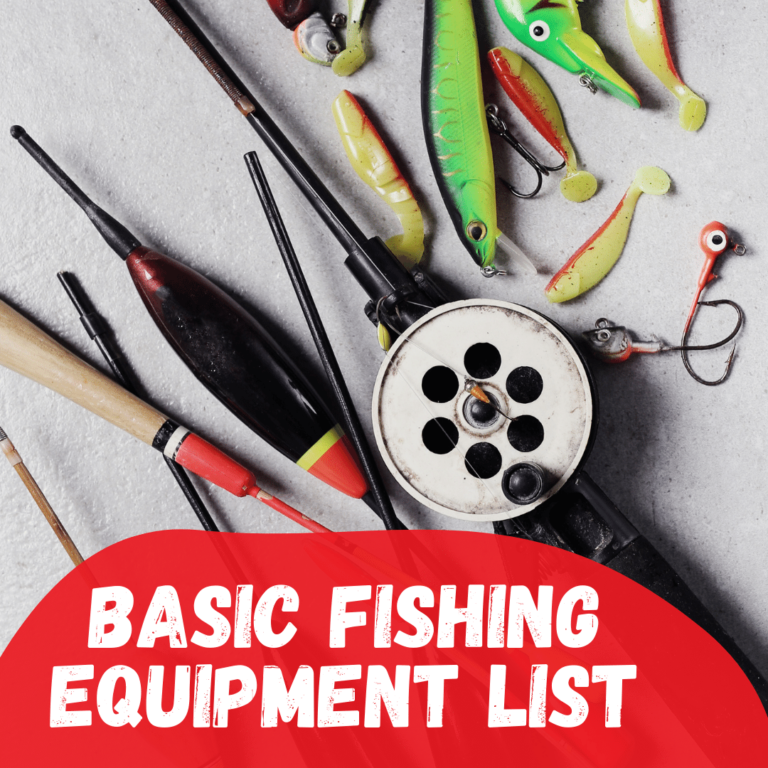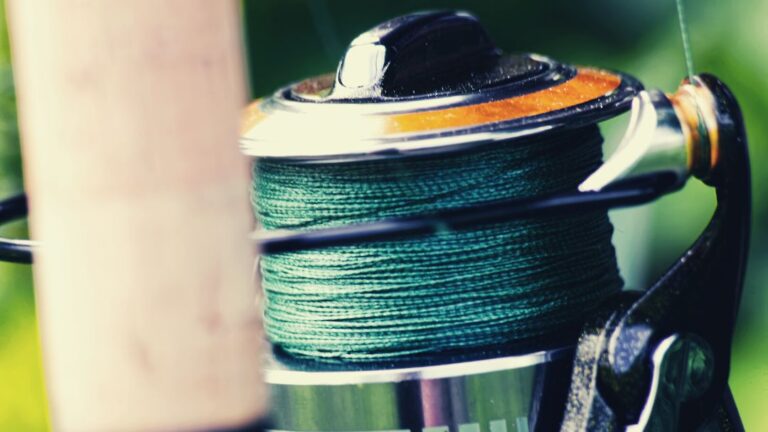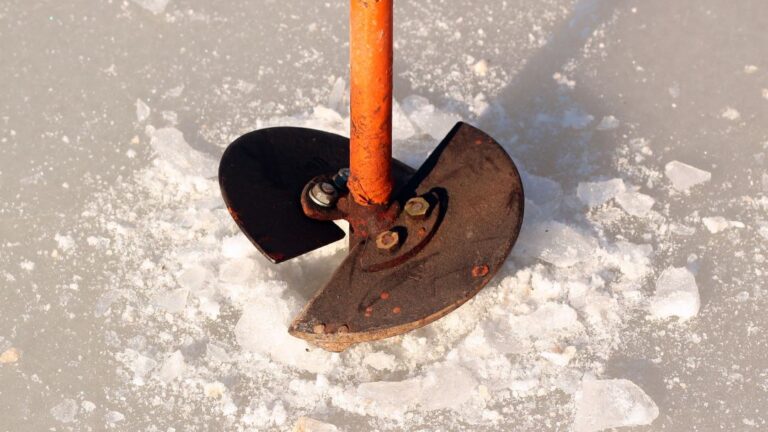Different types of fishing lures and their uses
To catch fish you first need something to attract them. You may use fresh baits, live baits or you may carry a few different types of fishing lures available in the market. In any case, the attractant you use is essential to your success as an angler.
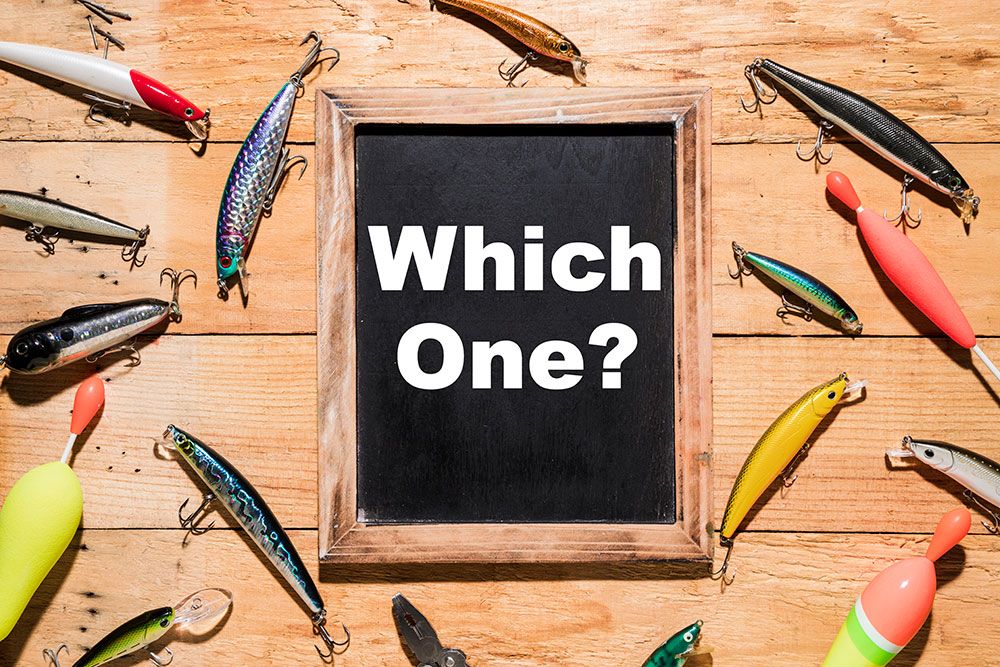
Traditionally, fishermen used fresh baits, including live worms, baitfish, or pieces of food, dangled on a hook. In modern fishing, however, using live baits is less practical. Extensive harvesting of fresh bait puts the ecosystem at risk. Changing live baits in the middle of the action is often difficult and time taking. Above all, live bait results in deep hooking, which is a lot more damaging to fish, and is generally undesired in catch and release fishing. Also, you need to understand what kind of fishing reel (Spinning reel, Baitcasting etc.) you are going to use for artificial lures.
A first step to catching fish is a basic understanding of the different types of fishing lures, their make, and their usage.
Different types of fishing lures
Many commercially named products might lead you to believe that there are innumerable types of fishing lures. This is not true. From the purest perspective, there are seven types of basic fishing lures. Most others are but derived products.
The basic seven types of fishing lures are as follow:
1. Jigs
One of the oldest and most popular types of fishing lures, jigs are hooks with rounded or oval metallic heads attached below the eye. The metalheads help a jig sink deep into the water for depth fishing. A skirt around the hook usually camouflages the jig. The skirt is made of fibrous material, like deer hair or bucktail. It may be scented or additional bait attached to it, to attract more fish.
An additional fibrous guard may protect the jig from getting stuck in weed and underwater objects.
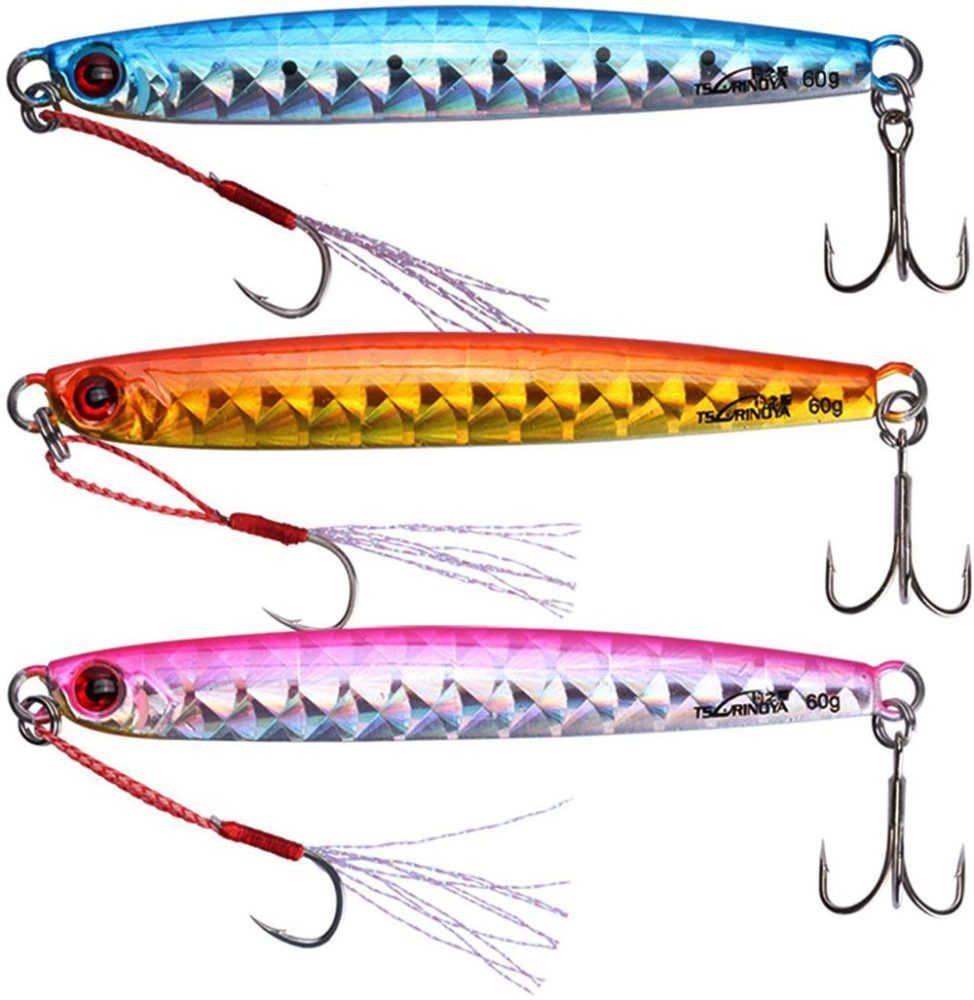
Jigs are of several varieties, e.g. the football jig, most designed for slow roll across the bottom surface of a water body. Jigging is an art of its own and many anglers prefer this method for bottom fishing in lakes and on the sea.
2. Spoons
Another old and very popular lure is the spoons. As the name suggests, these are oval-shaped metal pieces, like the concave part of a spoon, attached to a hook. Spoons make a wobbling effect underwater and imitate injured or dying baitfish. In addition to their wobbling action and water displacement, the flashy or colorful surface of a spoon attracts fish from afar.

Spoons may be large or small depending on the type and size of the targeted species. They are equally effective whether cast via a fishing line in a lake or dragged through the sea from a boat during trolling. Spoon lures can target many varieties of fish by encouraging feeding or aggressive territorial behavior among fish.
3. Crankbaits or plugs
Plugs or crankbaits are made of hard materials like wood and plastic, molded like baitfish. These usually carry two or three treble hooks underneath. For diving underwater, hard plastic lips are attached to the nose of most crankbaits. These lips help the lures make a diving motion when dragged or ripped in water.
The larger the lip, the bigger the dive, so different crankbaits can be used to target fish at different depths, even dozens of feet under the surface.
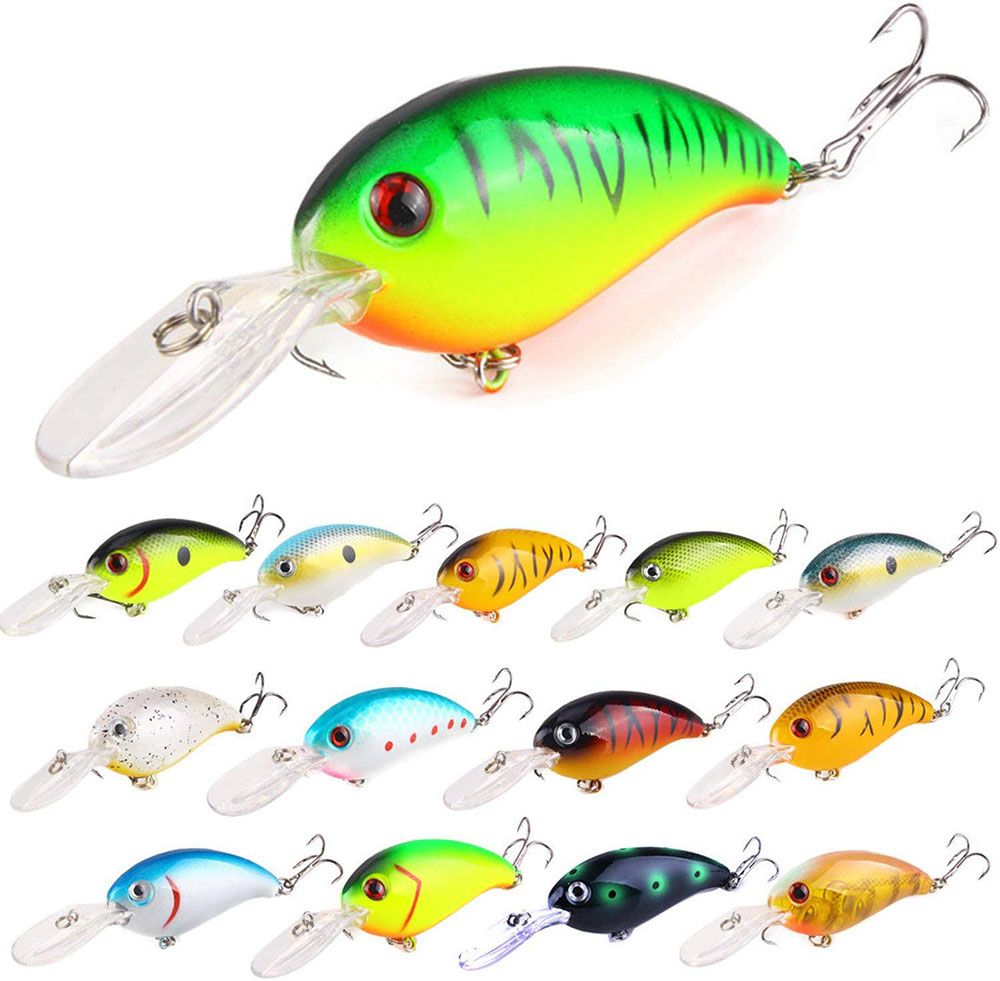
However, unlike jigs, crankbaits are not as effective for bottom fishing due to their higher risk of getting stuck. Lipless crankbaits are also available and are highly effective for targeting fish near the surface.
The larger the size of the targeted fish, the bigger the crankbait needed. However, smaller crankbaits too can catch big fish.
Within, crankbaits may carry rattles to make sounds highly irritating to the fish, for encouraging aggressive bites in addition to acting as baitfish.
Crankbaits come in many sizes, shapes, colors, and varieties. Poppers and jerk baits as popular sub-categories, many manufacturers may sell as separate lure types, which they are not.
4. Spinners and buzz baits
As the name suggests, a spinner usually has a spinning or rolling metallic blade on one side and a hook or treble hooks on the other. The hook might be dressed with a skirt or bug tail, which may be scented for additional attraction.
When dragged on the water surface or near the surface, the spinner rolls around to displace water and cause commotion for attracting fish.
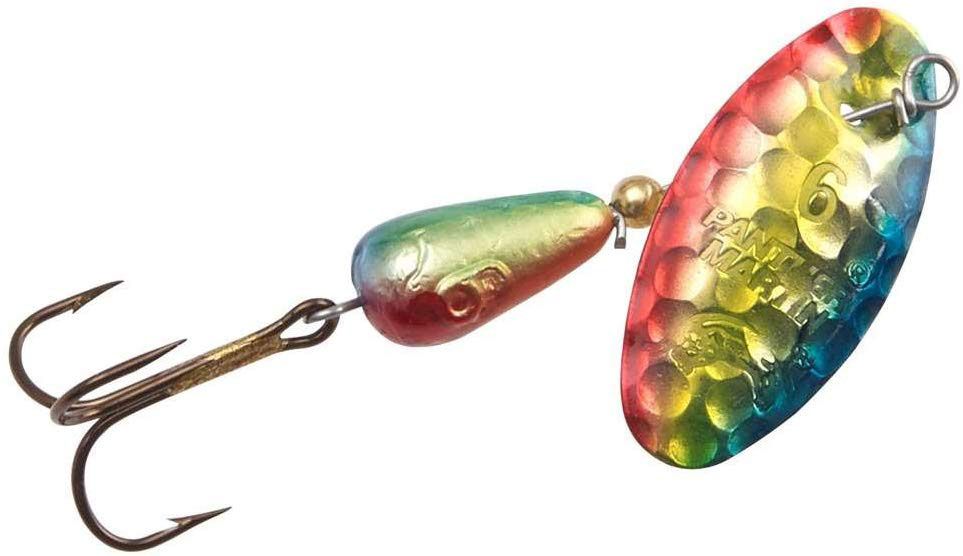
Designed along the same lines are the buzz baits. These, instead of a rollerblade, carry a metallic buzzer that makes noise when dragged through the water.
Spinners and buzz baits may mimic baitfish through their flashy colors, or one fish chasing another in the water, encouraging opportunistic feeding behavior among targeted fish.
In addition, the commotion they make invites territorial behavior from aggressive varieties of fish. These are best for river fishing and in waters where the noise and commotion is relatively higher.
5. Swimbaits
Swimbaits mimic swimming varieties of baitfish, usually fish replicas with a hook on top. This lures can have two or more joints, or a subtle body movement to them, to make them appear as natural as possible. These, when dragged in the water, make natural swimming motion and are hard for targeted fish to differentiate from their natural prey.

Thus Swimbaits encourage feeding behavior to attract bites. The bigger the targeted variety of fish, the larger the swimbait needed.
6. Soft plastics
Soft plastics imitate fresh or live bait. These are soft and subtle plastic pieces molded into fish prey like worms, lizards, and frogs.

Soft plastics can be used for surface fishing as well as on another lure like the jig for bottom fishing. In the water, these make natural movements in tandem with the flow of the currents and appear an easy meal to hungry fish.
7. Flies
During fly-fishing, anglers use artificial flies as lures to catch fish near the surface. Flies are made of fibrous material and appear like real ones to the fish. Carrying a hidden hook, these can be angled near the surface or suspended into the water up to a few feet.

Combinations and nomenclature of fishing lures
Many experienced anglers may use a combination of the basic lure types to suit their fishing environments and strategies.
For example, jigs are widely used with soft plastics. A spoon can be used with a spinner to make the lure even more noticeable and attractive. Daisy chains are made of several swimbaits or plastics attached together to imitate a school of fish, with hooks attached at certain strategic points.
Similarly, many manufacturers may categorize lures as topwater or bottom lures, and so. For branding purposes, commercials often come up with creative terminologies to name the same varieties of fishing lures. You may hear of lure categories named entirely different than the basic ones. Often, the same lures operating on the same principles are only renamed.
All in all, once you have some understanding of the lure varieties, you will be able to make a more sense of the most lure combinations and commercial nomenclature.
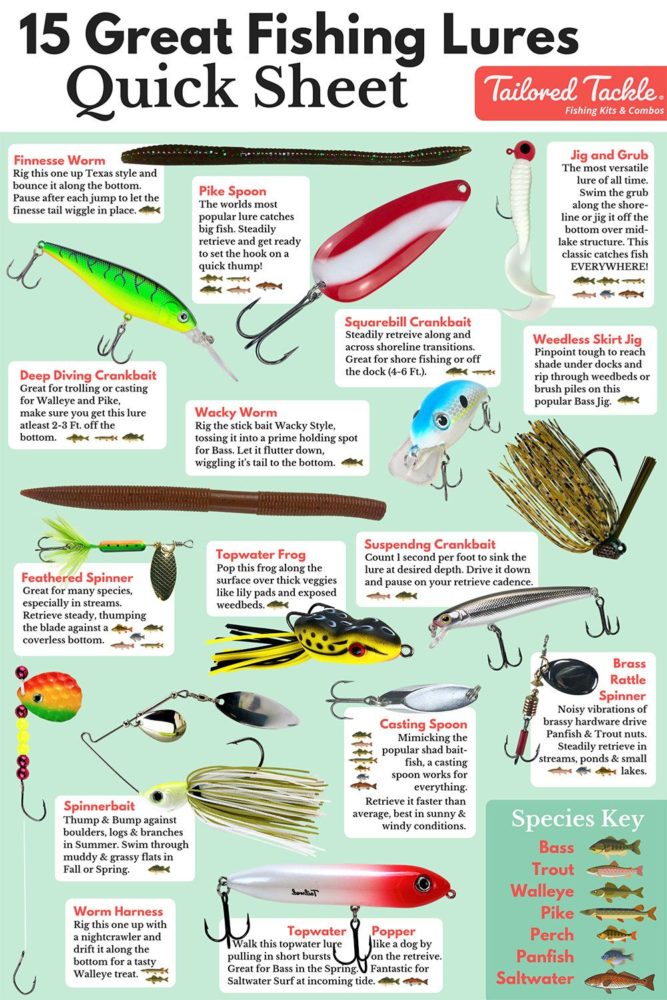
Rules to remember while working with fishing lures
- Fishing lures like jigs, with weighty metallic parts, are designed to drown and therefore best for bottom fishing.
- Lures that cause water displacement and noise, like spoons, spinners, and buzz baits, are used for dragging near the water surface to attract fish through commotion or mimicking baitfish. These generally work best around rivers, or during trolling via a boat.
- Diving lures, like crank or jerk baits, can be used along the surface and deeper down. They are not good for bottom fishing, due to their exposed hooks, which may get stuck in the weeds.
- Lures with top hooks, or protected hooks, are suitable for depths and around objects, and structures.
- Chrome and metallic colors do best in clear waters on sunny days. Bright colors like orange and dark blues work best in murkier waters, on overcast days.
- The bigger the targeted fish, the bigger the bait needed.
- Finally, each lure requires different levels of expertise and different ways of casting and retrieval, so always adapt your fishing methods accordingly.
Remember!
Fishing lures catch more anglers than fish. While you need a variety of fishing baits to make your tackle all-purpose and for all seasons, be choosy. Before going on a shopping spree, understand what each fishing lure does best, and what it is going to do for you.



